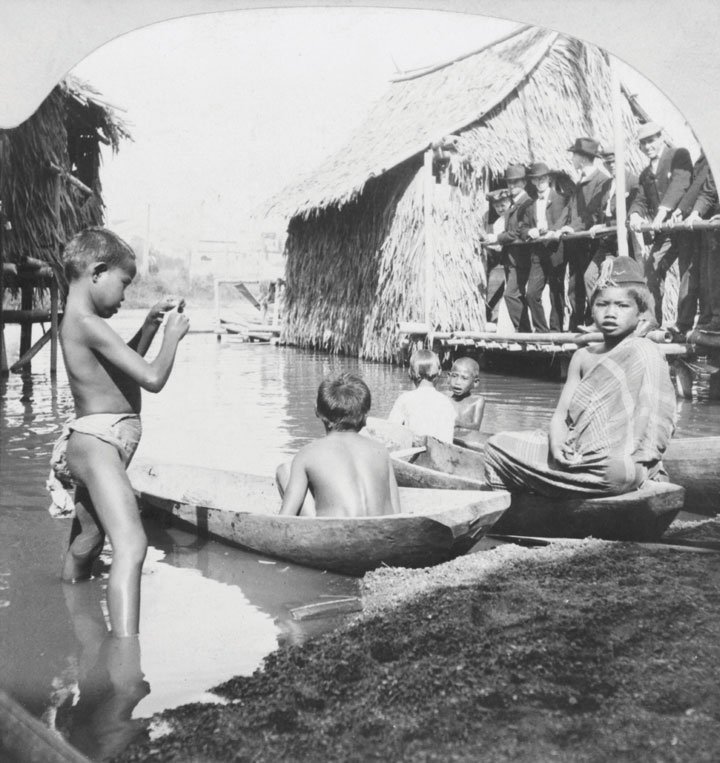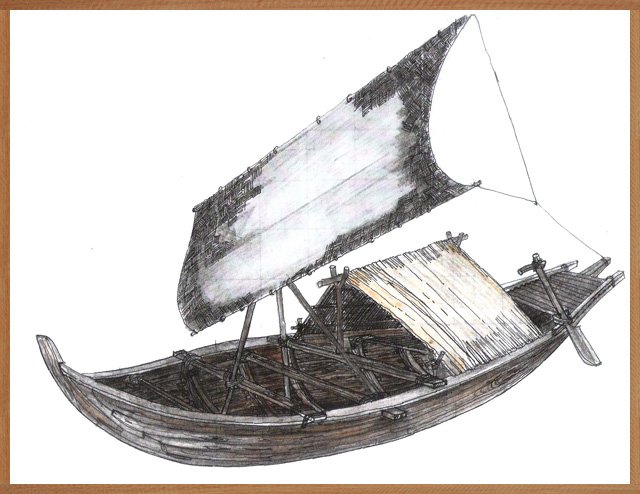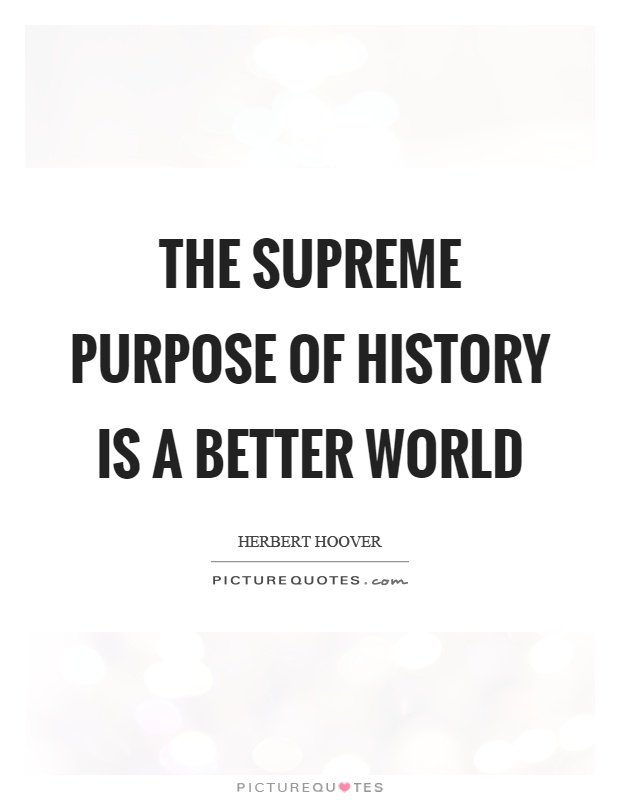The Economic Life of Early Filipinos

Image Source
Anyplace in the archipelago, creation in light of common assets was the principle wellspring of vocation among the early Filipinos. The physical condition impacted additionally customs, convictions, standards, ceremonies, and social relations. For the most part, the financial existence of the early Filipinos spun around three natural specialties.
Ocean based Societies
For those living along beach front ranges, the ocean was of prime significance for consistently action. For the Badjaos of Sulu, for instance, their recognition with the headings of the wind was indispensable when they sail to the untamed oceans. The ocean gave practically everything sustenance and solution fundamental for survival.
The Visayan invested quite a bit of his energy in the water with his pontoon for it was his exclusive methods for transportation. Nobody lived past 40 kilometers from the seashore. Introduction was centered not around the sun's development but rather on the ocean's ebb and flow. A rancher from the island of Batayan would cruise towards Cebu to plant rice in that island; the mineworkers from Camarines would cross the maritime to Masbate; that is the reason the youthful educated his group's convention by tuning in to the sound made by the ocean as he paddled.
Social orders along the Plains
Individuals flourishing in fields had a great position in exchange. Things from and past the oceans Chinese porcelain and metal items, gongs, salt, and woven material were fundamentally the items that the general population of the fields exchanged with those originating from the mountains. These people group exploited their land area, that is, their vicinity to the ocean, to market courses, and their entrance to outside merchandise and different markets.
Anyone was permitted to plant anyplace for empty parts were sufficiently wide for everyone. Millet and bananas were the normal plants. Sago (lumbia) and gabi (taro) resembled grasses that developed all over the place. Rice fields were normally situated at the foot of mountains.
Mountain-based Societies
The general population of the mountains were occupied with broad rice cultivating. The general population of the Cordilleras [e.g., I-Benguet, Ifugaos, Bontoks] are noted for their rice porches. Profitability was expanded by the utilization of water system trench. Some were likewise into mining. Mountain individuals exchanged backwoods items and valuable metals (gold and copper) with the wares of the lowlanders or individuals of the fields.

Image Source
Boat Building Industry
Boat building was a thriving industry in the Philippines before the success. The way toward building ships demonstrates that the early Filipinos were exceedingly educated of the various types of wood appropriate for pontoons. Cruising was a pre-Hispanic information that made ready for political and financial relations with different countries.
Obviously, water crafts did encourage between island exchange (residential), as well as more imperatively, universal exchange and travel. One preacher noticed that the water crafts were developed without nails. In Catanduanes, the watercraft developers initially made a tremendous pontoon, and inside it would be a little vessel and in that little pontoon would be a littler one, et cetera. A colossal pontoon would in any event contain 10-12 littler ones. These water crafts were sold in Leyte, Batangas and Mindoro.
Indigenous vessels were cut out of single tree-trunk, and a portion of the greater ones had situates or seats. There were many sorts of pontoons that the early Filipinos utilized: the balanghaia slim, with tight stern and fore, light and low-lying, held together with wooden jolts. It had stick bamboo outriggers to hold the vessel on the surface of the water, adding to its speed and adjust; the caracoa was smooth, twofold finished, and could go ahead or in reverse without pivoting. Twofold outriggers for warriors permitted speedier moving.
There was the paraw , which was typically utilized as a part of streams and sounds for exchanging. It had two oars and a triangular sail. A paraw was utilized to transport loads from boats to the seashore. It was likewise used to escort caracoa amid the direct of pangangayaw.
Alternate businesses of pre-Hispanic Philippines included: stoneware, weaving, mining, ambling, animals raising, wine-production, and angling. Bargain (trade of products to merchandise) was the predominant financial framework locally and globally.
Albeit early Spanish recorders detailed that the locals had no learning of cash, this is generally debated by neighbourhood numismatists because of the crowds of piloncitos that have been uncovered in different parts of the nation. Piloncito is a little gold piece no bigger than a pea, formed like an adjusted cone, with a character stamped in alleviation at the base. The Philippine piloncitos are practically indistinguishable to those recorded as the perceived coinage in Java as ahead of schedule as the tenth or eleventh century, and those of Thailand amid the Sri-Vijayan period. This, being the situation, would then bring up that piloncito is the soonest coinage utilized as a part of the Philippines.

Image Source
Source:
Philippine History
By: Zeus Salazar
